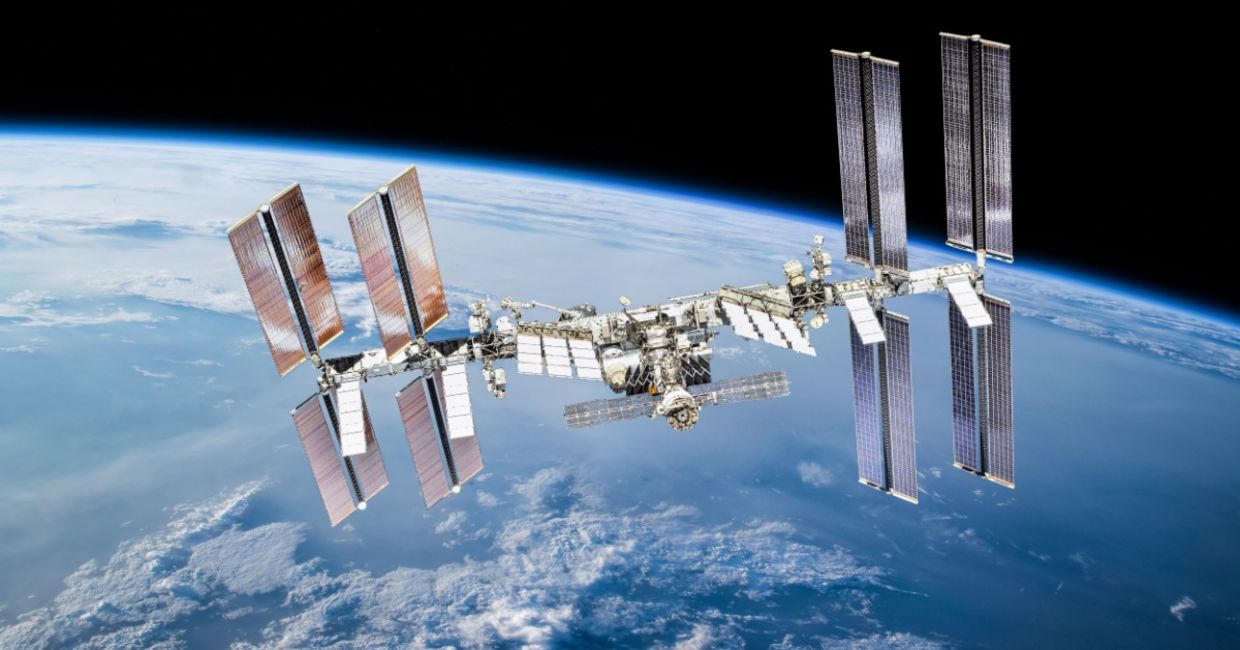
(Dima Zel / Shutterstock.com)
No one who has served on the International Space Station raves about the accommodations. After all, it is a work space and not a five-star hotel.
This was certainly the case in 2015, reported USA Today, when astronaut Scott Kelly tweeted a picture of his bedroom in the International Space Station, captioned, “My #bedroom aboard #ISS. All the comforts of #home. Well, most of them.”
Kelly’s photo featured laptops, tablets, and a sleeping bag that could clip onto the wall, floor or ceiling. Since there is little gravity on board the space station, astronauts zip themselves into sleeping bags when they rest so they don’t bump into things.
Kelly’s room looked cool, functional, and futuristic. But, what if someday space stations could be designed not just for functionality, but also with the “comforts of home?” Increased technological capabilities have made it easier to send more people into space, including, possibly in the future, space tourists, who will appreciate having “space amenities.” Some astronauts are advocating for future space stations to be designed to make expanded exploration both possible and comfortable, Space.com reports.
View this post on Instagram
The International Space Station
The International Space Station is the football-field sized laboratory orbiting the Earth. It is a multinational project, and since its launching in 1998, 15 countries have sent astronauts to it, to collaborate on space research. Visiting astronauts live on site at the International Space Station, and usually spend about six months on board before returning to Earth.
According to Wired, in 2008, the International Space Station underwent major renovations. Before the upgrade, the station was the size of a small apartment, with three bedrooms and one bathroom. Afterwards, it expanded to a six-bedroom, two-bathroom “villa” with a walk-in closet and a back “porch” with a window revealing the depths of space and the twinkling stars.
Out-of-this-world design
But even the six bedroom addition often isn’t enough to meet the demand. According to NPR, for a week in 2021, 11 astronauts had to share the seven beds, and six telephone booth sized rooms. This wasn’t a rare occurrence; launches often overlap, and astronauts have to get creative about sleeping space. Luckily, this isn’t too hard in a null-gravity environment, where your bed can be anywhere you choose to moor your sleeping bag.
View this post on Instagram
In any case, the International Space Station is due to retire from service in 2030 and will be replaced by commercial space stations. Private company, Axiom Space, has already been selected to build a new space station, and other private companies will build additional LEO (low Earth orbit) destinations.Some astronauts see this as an opportunity for an upgrade, according to Space.com.
“We're going to transition to commercial space stations and have space fliers who maybe don't fly to space as a professional, but maybe fly to space for their enjoyment,” Expedition 68 ISS commander Samantha Cristoforetti told space.com. She urged engineers to consider designs, “built with the human being in mind,” rather than asking humans to adapt to the environment.
YOU MIGHT ALSO LIKE:
Meet the World’s First ‘Parastronaut’
A Space Vacation That is Out of This World!
Introducing a Space Capsule to Float People Into Space







